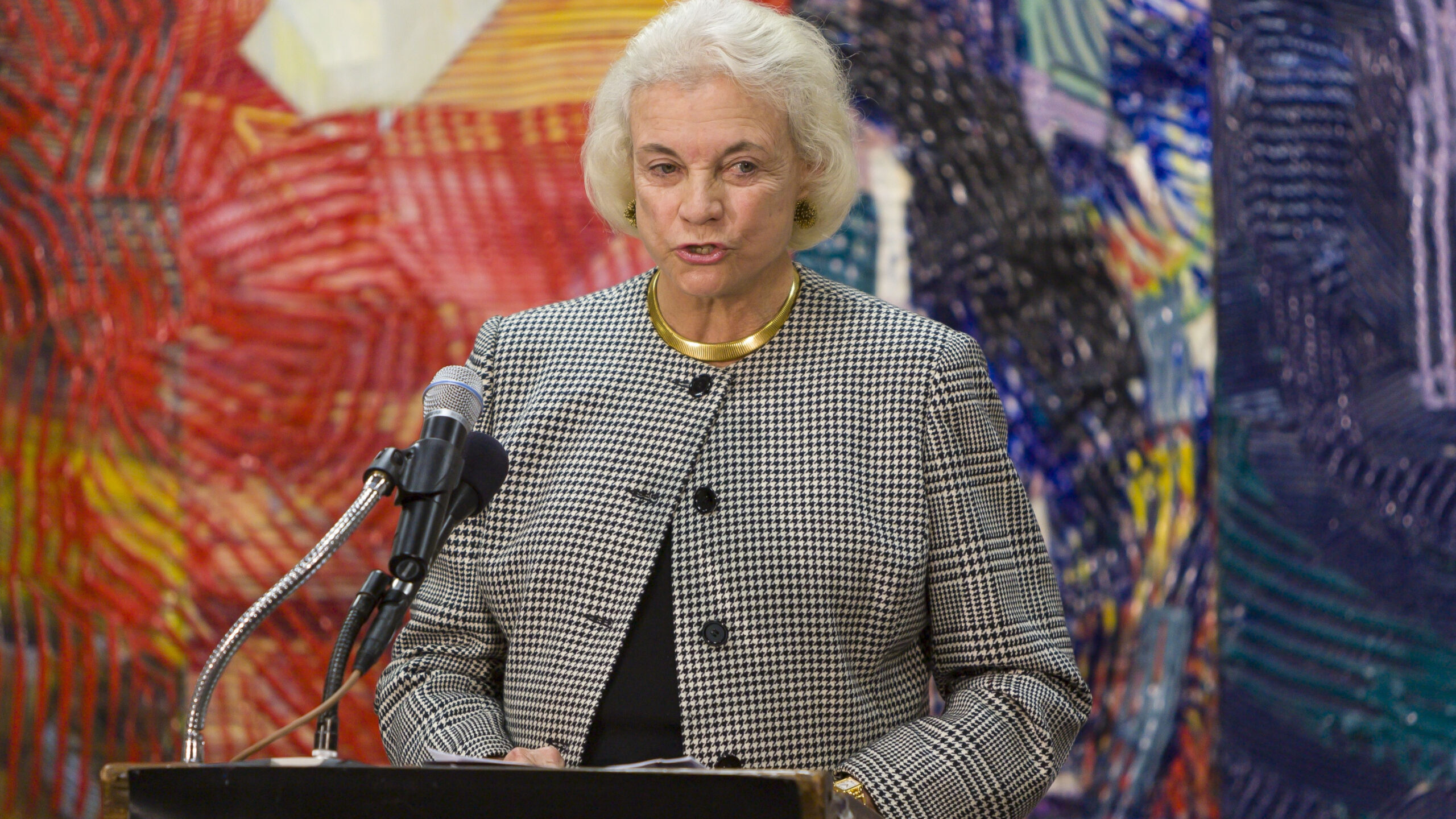Why U.S. Trade Promotion Authority Should Promote Balanced Copyright
As a fight over the trade promotion authority (TPA) bill “engulfs the capitol,” debate has arisen over whether Congress should identify obtaining balanced copyright language as a U.S. trade priority. Both the Internet Association and the Computer & Communications Industry Association (where I work) criticized the bill’s failure to acknowledge the importance of promoting balanced copyright among U.S. trading partners, since the absence of these protections limits growth opportunities abroad. The Consumer Electronics Association, while applauding the legislation, expressed a similar view, observing that “[f]uture trade agreements should include not only include strong intellectual property protection and enforcement, but also robust and flexible limitation provisions.”
In response to the concerns voiced by the Internet sector, Geoffrey Manne appears to disagree, writing for Truth on the Market that “mandated ‘fair use’ language has no place in trade promotion authority.” (It is important to recognize that these statements do not call on Congress to “mandate fair use” in TPA. The question is whether Congress should direct the U.S. Trade Representative to promote balanced copyright in foreign markets that U.S. Internet companies are entering.)
This issue is important because of the high stakes. Manne is right in saying that trade promotion authority is important, but this glosses over how controversial it can be. As former Deputy USTR Miriam Sapiro wrote at Brookings this week, “the stakes as well as the hurdles for getting trade promotion authority from Congress are high. Critics of trade agreements have been well organized and mobilized.” Trade needs every friend it can get right now, which is why it would be a grave mistake to throw Internet concerns under the bus. This is particularly the case given that the Obama Administration’s last trade effort, ACTA, foundered several years ago due to the perception that the agreement was anti-Internet.
It would seem obvious that the United States’ trade negotiating strategy should be to pursue language that broadly reflects U.S. law. Manne takes the position that instead the United States should only promote half of U.S. copyright law, and not promote limitations and exceptions that are also crucial to artists’ creativity, the Internet sector, and the public at large. This is a remarkable position. While I’m often interested to see the Truth on the Market blog’s take on issues, this one is spectacularly wrong, in large part because it rests on bad data and a number of myths.
Myth 1: “Fair Use is Uncommon”
One of Manne’s justifications for not making balanced copyright a TPA priority is that fair use is a rarity. He argues that only “four countries out of the 166 signatories to the Berne Convention have adopted fair use since 1967.”
Each number in that sentence is wrong.
First, fair use wasn’t adopted in 1967. The doctrine dates from the 19th century, but no one had an operational fair use statute until Section 107 entered into effect in the United States on January 1, 1978. Since then, many countries have followed the U.S. model.[1]
Second, Manne is wrong that only four countries have fair use. Arguably, he’s off by a factor of ten. According to Band and Gerafi’s Fair Use/Fair Dealing Handbook, more than 40 countries, comprising over a third of the world’s population, have fair use or fair dealing in their copyright laws. While more countries prefer the British-originating label “fair dealing” in lieu of the American label “fair use,” fair dealing statutes can be interpreted quite similarly to the U.S. fair use statute. (E.g., Canada, see also here). (Third, WIPO reports that the Berne Convention has 168 contracting parties, not 166.)
Finally, and more importantly, it is fundamentally incorrect to suggest that fair use in the U.S. copyright system is an oddity. The Supreme Court has twice indicated that fair use is a ‘safety valve’ that reconciles the Copyright Act’s regulation of speech with the First Amendment. Both Eldred and Golan indicate that without fair use (or the idea/expression dichotomy) the Copyright Act would likely fail First Amendment scrutiny.[2] As the prominent Second Circuit Judge and fair use expert Pierre Leval wrote: “Fair use should not be considered a bizarre, occasionally tolerated departure from the grand conception of the copyright monopoly. To the contrary, it is a necessary part of the overall design.” (Toward a Fair Use Standard, 103 Harvard Law Review 1105, 1110 (1990)).
Myth 2: “Countries Can Always Legislate Fair Use If They So Choose”
Manne suggests that the TPA bill can be read to address this problem, because it refers to a trade agreement (TRIPS) that makes passing mention of limitations and exceptions. This reference is the so-called “three-step test,” an international copyright rule that says countries may legislate copyright exceptions like fair use if they so choose, provided those exceptions meet certain conditions. The three-step test doesn’t mandate anything. There’s a world of difference between permission and an obligation. No one thinks permission is the same as obligation elsewhere in the copyright context. U.S. FTAs don’t permit countries to have copyright protections; they require it. Why? Because “may” isn’t the same as “shall.”
Myth 3: “Civil Law Countries Cannot Handle General Rules Interpreted by Courts”
Another argument that Manne offers against encouraging balanced copyright abroad is that civil law countries cannot interpret principles like Section 107-style fair use, which are informed by common law. Legal scholars may disagree (see n.25), pointing out that civil law countries are perfectly capable of, and often do consult prior case law, not for precedent, but for its interpretive value.
In fact, civil law countries have long wrestled successfully with open-ended principles in international agreements. For example, copyright’s idea/expression dichotomy is similarly developed by common law, and yet we’ve inserted that into the TRIPS Agreement and the WIPO Copyright Treaty, both of which have numerous civil law signatories. If inserting principles interpreted through common law into trade agreements would cause the international IP system to grind to a halt, it would have happened twenty years ago.
Myth 4: “Fair Use Isn’t Important”
Manne also argues that fair use is becoming increasingly less justified and necessary, because fair use is only required where market failure exists. While this argument was briefly fashionable in fringe academic circles, it has been rejected by courts.[3] In fact, a balanced copyright system remains as necessary as ever. Fair use continues to be invoked by a wide variety of industries, including traditional content constituencies, not just the technology sector. Previous research commissioned by CCIA in 2011 concluded that industries which benefit from fair use and related limitations to copyright generated revenue averaging $4.6 trillion, contributed $2.4 trillion in value-add to the U.S. economy (roughly one-sixth of total U.S. GDP), and employ approximately 1 in 8 U.S. workers.
Balanced Copyright Promotes the Export of Internet Services
Manne cites the fact that large U.S. Internet companies are already expanding overseas as evidence that fair use isn’t needed, but as we’ve pointed out before, U.S. companies do so at the risk of legal liability, which can only be borne by very large enterprises. This closes off opportunities for small and medium-sized enterprises which cannot bear high levels of legal uncertainty, or field armies of lawyers. (Stated otherwise, large content companies are also expanding overseas, which, under Manne’s logic, would suggest that promoting increased enforcement abroad is not necessary either.)
A recent manuscript by Prof. Justin Hughes offers a slightly more Machiavellian reason why U.S. negotiators might not want to export fair use: it works.
In this forthcoming book chapter, Hughes asks,
“If one believes that the fair use doctrine has been a central element in the innovation environment that has made Silicon Valley wildly successful, why would we want to promote other countries adopting a policy that, by this account, is a competitive advantage?” (emphasis in original).
This is a good question. Hughes observes that “one could reason that we would have a better chance of keeping those jobs in the US if our fair use doctrine is robust and well-known while other countries’ counterpart doctrines are obscure and uncertain.” Why induce foreign countries to adopt legal principles that provided U.S. industries a leg up? Why not just let those countries remain perpetually uncompetitive, to the benefit of U.S. exports?
The answer to this should be obvious in a trade context, since the same argument could be made to any legal improvement that the U.S. encourages its trading partners to adopt: Yes, robust limitations and exceptions will help foreign Internet industries, just like robust copyright will help foreign content industries. But these provisions will also enable U.S. industries to enter those new markets, which is where the future growth opportunities for U.S. industries are found. As I’ve noted before, the one-time absence of robust limitations and exceptions in other countries — Japan, for example — stunted the growth of innovative Internet services there. But the Machiavellian rationale that might once have justified maintaining the disparity between good U.S. law and bad foreign law no longer makes sense: of the top 10 Internet brands, 9 are American, but 79% of their users are abroad (see chart here). U.S. Internet services cannot enter growth markets in foreign countries for the same reasons that hold back those countries’ own Internet sectors.
This is why the United States and its trading partners have a common interest in encouraging copyright flexibility: imbalanced copyright isn’t just bad for U.S. exports; it is also bad for the foreign countries as well, insofar as it means they will continue stifling their own Internet startups.
Following that reasoning, UK Prime Minister Cameron observed the absence of fair use in 2010 in UK copyright law, noting that fair use gives “more breathing space to create new products and services.” Recognizing this inflexibility, Cameron announced a review of UK IP laws, saying he wanted to “make them fit for the internet age. I want to encourage the sort of creative innovation that exists in America.”
The TPA bill deserves credit for acknowledging problems about the cross-border provision of information services. Language in TPA attempts to address the lack of robust protections for trade in Internet services. Unfortunately, the bill says nothing about the inflexible copyright provisions that hold back U.S. Internet exports. This is based on specious fears that merely by stating goals, Congress will inspire developing countries to embark upon a copyright wrecking exercise.
The key question is whether the U.S. should be promoting the full balance that is in U.S. copyright law, or just one part of it. At present, the TPA bill doesn’t do this. To encourage the continued growth of the Internet sector, Congress needs to establish a template fit for the Internet age, and promote the same balanced copyright laws abroad that U.S. stakeholders rely upon at home.
NOTES
[1] Fair use existed in copyright case law long before it was codified; copyright scholars generally trace the term back to the 1841 decision, Folsom v. Marsh. The U.S. copied fair use from English principles, and if this anti-fair use view had prevailed then, the United States wouldn’t have fair use either, nor the many industries that depend upon it. Similarly, a number of countries have adopted fair use from the United States in recent years, such as Israel in 2007. For more, see Judge Leval’s article mentioned above.
[2] For further reading on this, see Prof. Neil Netanel’s First Amendment Constraints on Copyright after Golan v. Holder, which states, ”Following Golan and Eldred, neither Congress nor the courts may eviscerate copyright law’s idea/expression dichotomy or fair use privilege without running afoul of the First Amendment.”
[3] For a time it was fashionable to explain fair use with a theoretical “law and economics” market failure rationale, a framework popularized by a paper by Prof. Wendy Gordon, which Gordon herself has argued is widely misunderstood. Courts have also rejected a narrow and confining market failure approach to fair use, adopting a “transformative market” analysis, see e.g., Bill Graham Archives v. Doris Kindersley. While some have argued, as Manne does, that the Internet reduces licensing transaction costs, the reality is that the Internet makes content creation and dissemination easy, but it doesn’t facilitate licensing to the same degree (in part due to poor design choices about formalities in our copyright law). The result is that a wealth of content is created for communicative rather than remunerative purposes, and not easily identified with its author. In a world where an unknown author may have no interest in monetizing their works, transactions costs are arguably higher.
I associate this market failure rationale with an ongoing IP counter-reformation, which has adopted a largely inflexible, faith-based approach to intellectual property. This is in response to calls for reform citing mounting evidence that modern copyright is not sufficiently flexible to accommodate creativity by the many, having been constructed in previous centuries to accommodate creativity a few. If 300 years of copyright law have taught us anything, it is that copyright must necessarily be flexible because creativity is flexible. Copyright law does not define or codify its key concepts for this reason: what is an original work of authorship, what is idea and what is expression, or when a given work has been infringed by a parodist who took too much — all of these are elucidated through common law. Copyright does not define these things because it cannot.








